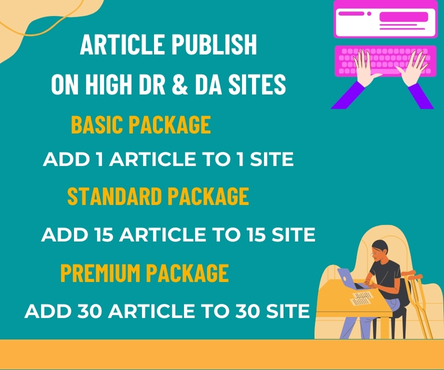In today’s fast-paced business landscape, a well-planned Go-To-Market (GTM) strategy is crucial for companies looking to launch new products or services, expand into new markets, or reinvigorate existing offerings. A Gtm strategy outlines the steps necessary to successfully bring a product or service to market, ensuring it resonates with the target audience and ultimately drives revenue growth. However, having a solid GTM plan is only half the battle – execution is key to achieving market success.
Understanding the Importance of GTM Strategy
A GTM strategy serves as a roadmap for product launches, outlining the necessary steps to reach and engage with the target audience. It encompasses various aspects, including market analysis, competitive landscape, sales and marketing tactics, and revenue projections. A well-crafted GTM strategy enables businesses to:
- Identify and understand target customers: Develop a deep understanding of the target audience, including their needs, pain points, and buying behaviors.
- Differentiate from competitors: Clearly articulate the unique value proposition and competitive advantages that set the product or service apart.
- Build effective sales and marketing channels: Establish efficient sales and marketing processes to reach and engage with the target audience.
- Measure and optimize performance: Track key performance indicators (KPIs) to measure success and make data-driven decisions to optimize the GTM strategy.
Why Execution is Key to GTM Success
A well-planned GTM strategy is essential, but execution is what ultimately drives market success. Effective execution involves:
- Cross-functional alignment: Ensuring sales, marketing, and product teams are aligned and working towards common goals.
- Clear communication: Developing a clear and consistent message that resonates with the target audience.
- Agile iteration: Continuously monitoring and adjusting the GTM strategy based on customer feedback, market trends, and sales performance.
- Performance measurement: Tracking and analyzing KPIs to measure success and identify areas for improvement.
Common Pitfalls in GTM Execution
Despite having a solid GTM plan, companies often encounter challenges during execution. Common pitfalls include:
- Lack of cross-functional alignment: Sales, marketing, and product teams may have different priorities, leading to disjointed efforts.
- Insufficient training and support: Sales teams may not have the necessary training or support to effectively communicate the value proposition.
- Inadequate measurement and analysis: Failing to track and analyze KPIs makes it challenging to optimize the GTM strategy.
- Inflexibility: Failing to adapt to changing market conditions, customer needs, or sales performance can hinder GTM success.
Best Practices for GTM Execution
To ensure successful GTM execution, companies should:
- Establish clear goals and objectives: Define measurable goals and objectives that align with the GTM strategy.
- Develop a customer-centric approach: Focus on understanding customer needs and developing solutions that meet those needs.
- Foster cross-functional collaboration: Encourage collaboration and communication among sales, marketing, and product teams.
- Continuously monitor and adjust: Regularly review and refine the GTM strategy based on customer feedback, market trends, and sales performance.
In conclusion, a well-planned GTM strategy is essential for market success, but execution is key to driving revenue growth and achieving business objectives. By understanding the importance of GTM strategy, avoiding common pitfalls, and following best practices, companies can ensure successful execution and ultimately achieve market success. By focusing on cross-functional alignment, clear communication, agile iteration, and performance measurement, businesses can drive growth, improve customer satisfaction, and stay ahead of the competition.

